A galaxy's outstretched arms form a nearly perfect circle around its central disk in a striking new image from the Hubble Space Telescope.
The barred spiral galaxy, formally known as MCG+07-07-072, is located in the Perseus Cluster about 320 million light-years from Earth. The galaxy has thin, loosely wound arms emerging from the ends of its barred core, creating a rather unusual shape, according to a statement from NASA.
"Rings in galaxies come in quite a few forms, from merely uncommon, to rare and scientifically important!," NASA officials said in the statement.
Related: The best Hubble Space Telescope images of all time!
MCG+07-07-072 is referred to as a barred spiral galaxy due to its central bar-shaped structure that's composed of stars. However, its official classification is an SBc(r) galaxy, in reference to its spiral arms that stretch from its barred core completing only a half-turn around the galaxy. "The classification of 'ring galaxy' is reserved for peculiar galaxies with a round ring of gas and star formation, much like spiral arms look, but completely disconnected from the galactic nucleus — or even without any visible nucleus!" NASA officials said.
Ring galaxies are thought to form when two or more galaxies collide. For example, when a smaller galaxy passes through the center of a larger galaxy, the resulting gravitational disruption would cause a wave of star formation to move through the larger galaxy and push its arms outward, much like ripples created when a rock is dropped into water.
It's also possible a galaxy's ring-shaped appearance is the result of a phenomena known as gravitational lensing, whereby a massive foreground object warps the space around it, distorting the image of a background object into rings, arcs or multiple points of light.
"Ring-shaped images, called Einstein rings, only form when the lensing and imaged galaxies are perfectly aligned," NASA officials said in the statement.
The new Hubble image, which was shared on Aug. 16, also captures a number of stars with prominent diffraction spikes. These stars appear bigger in the image because they lie in the foreground, much closer to Earth than MCG+07-07-072.
.png)
 3 weeks ago
16
3 weeks ago
16
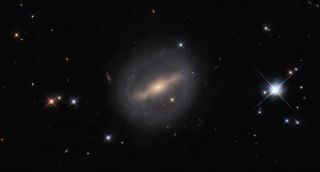

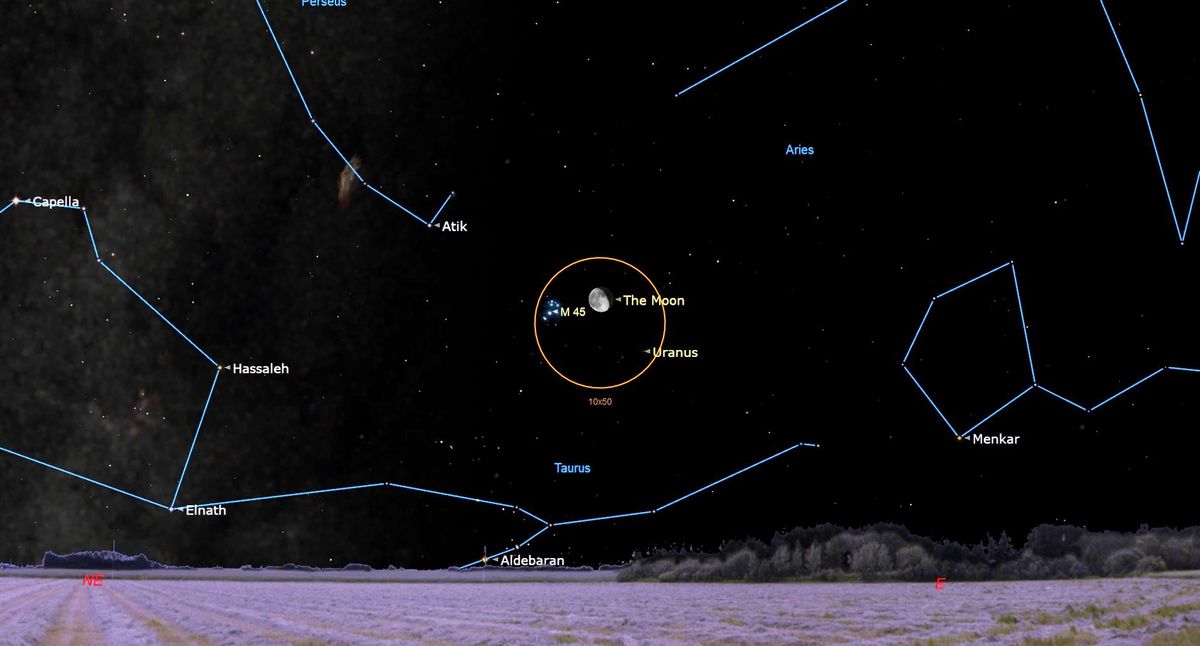
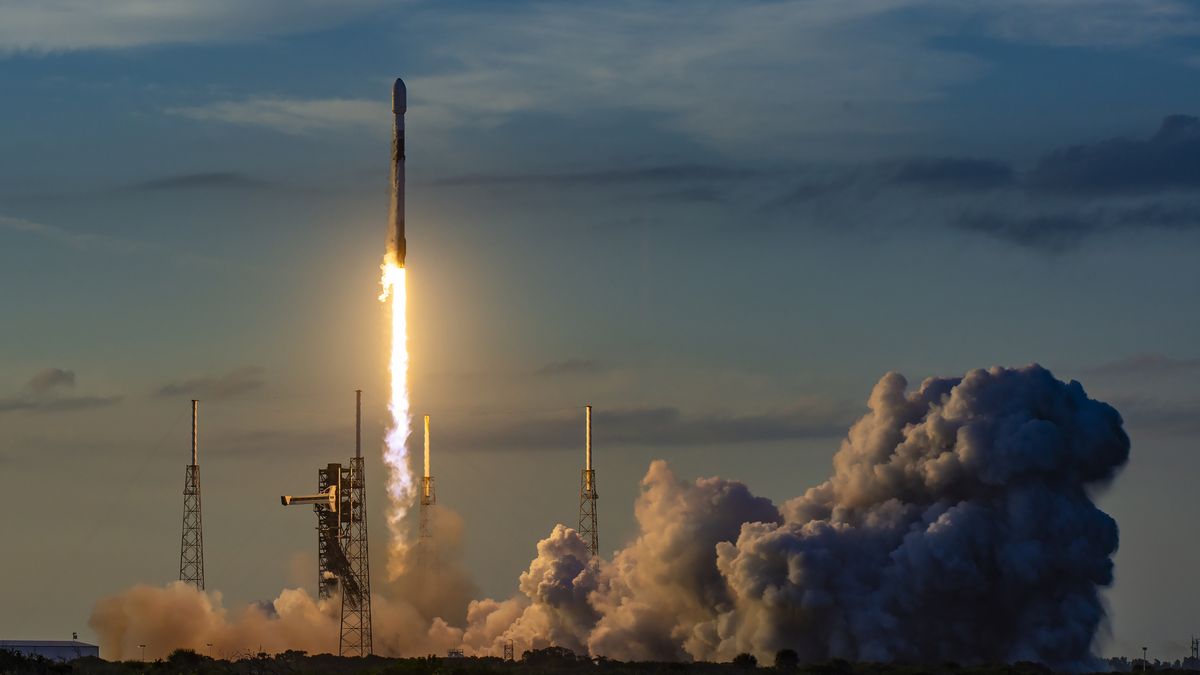

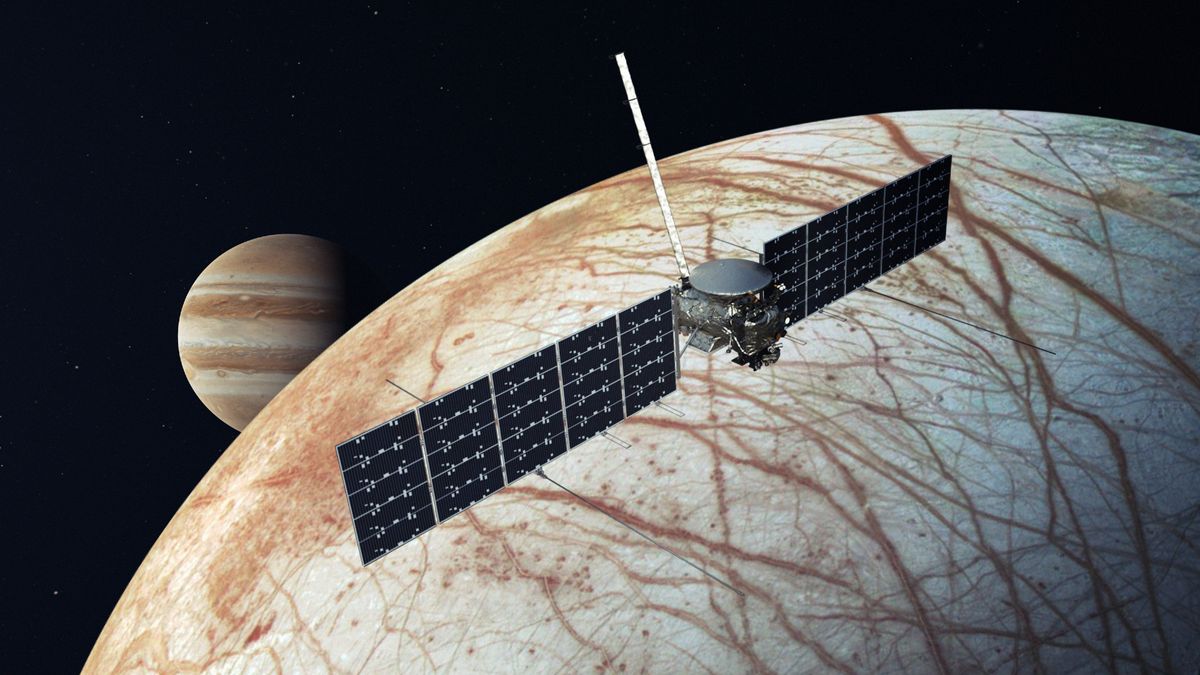
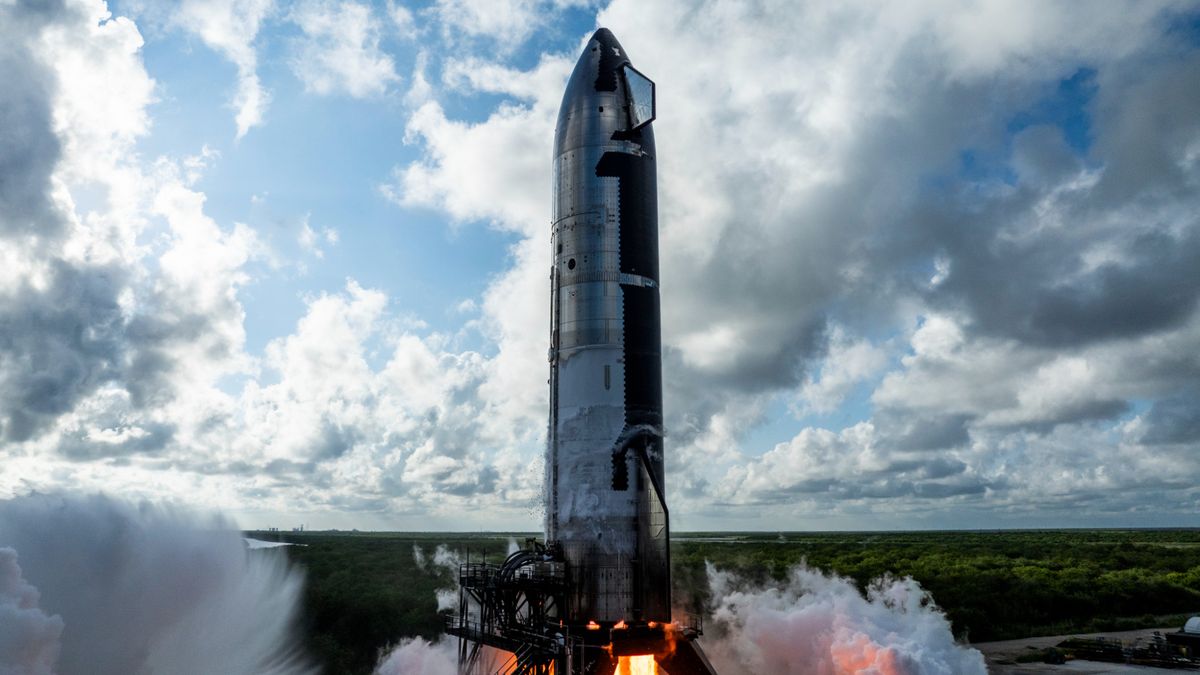


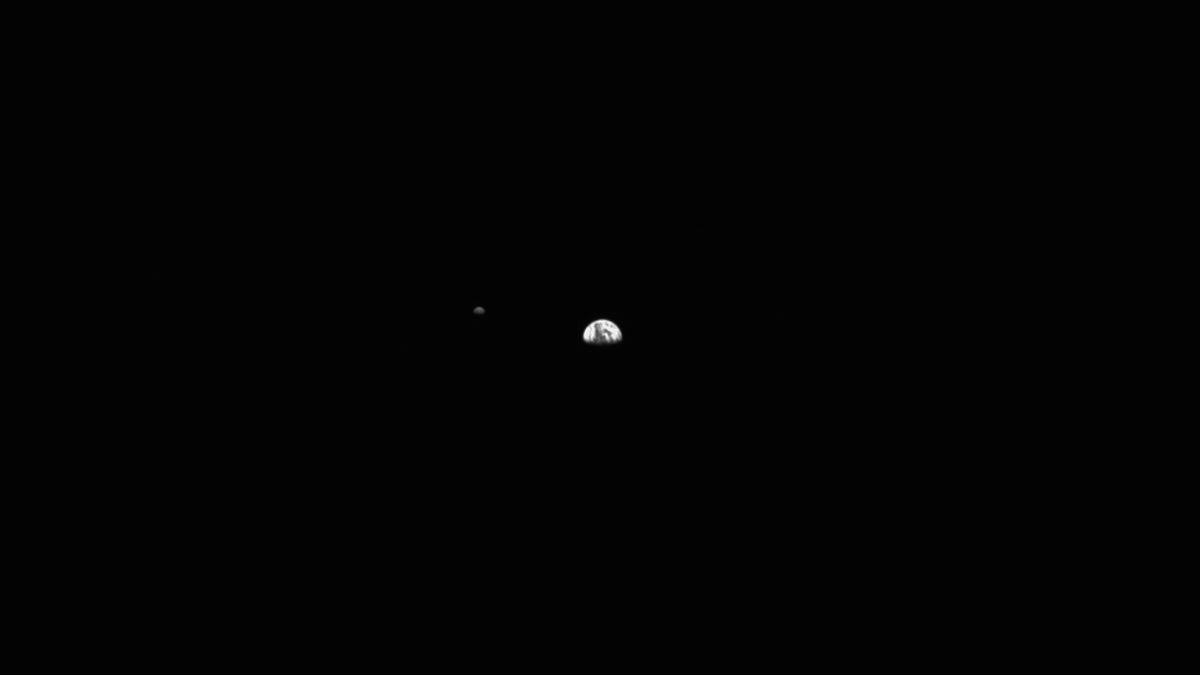
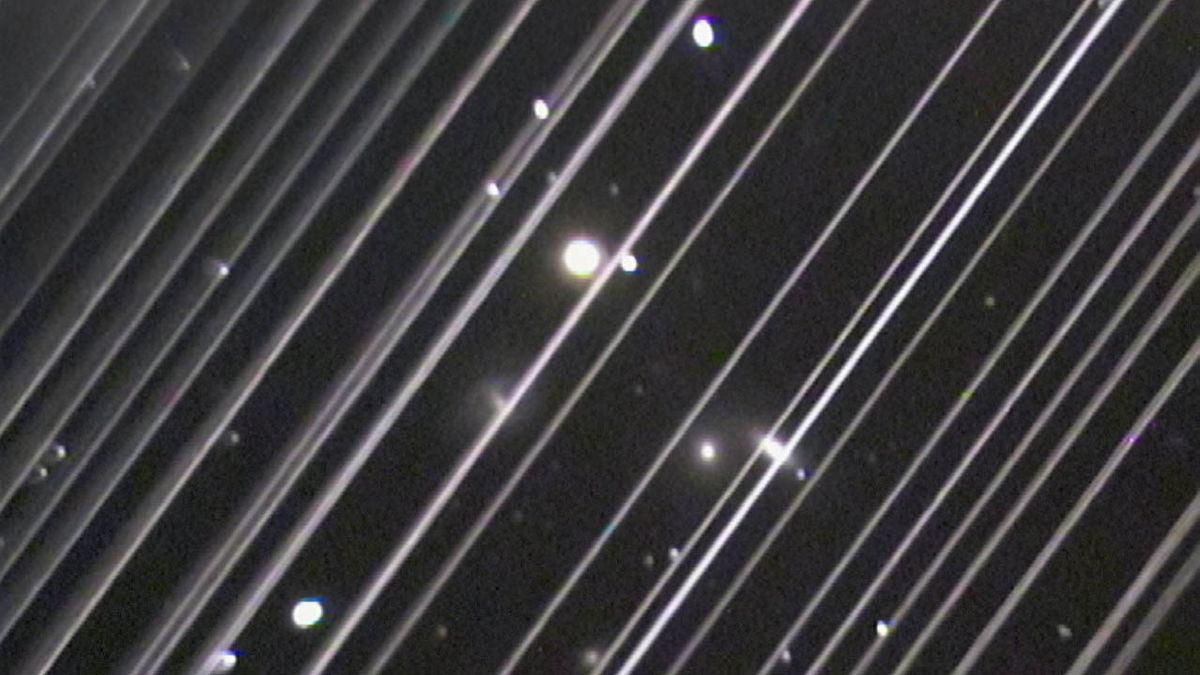


















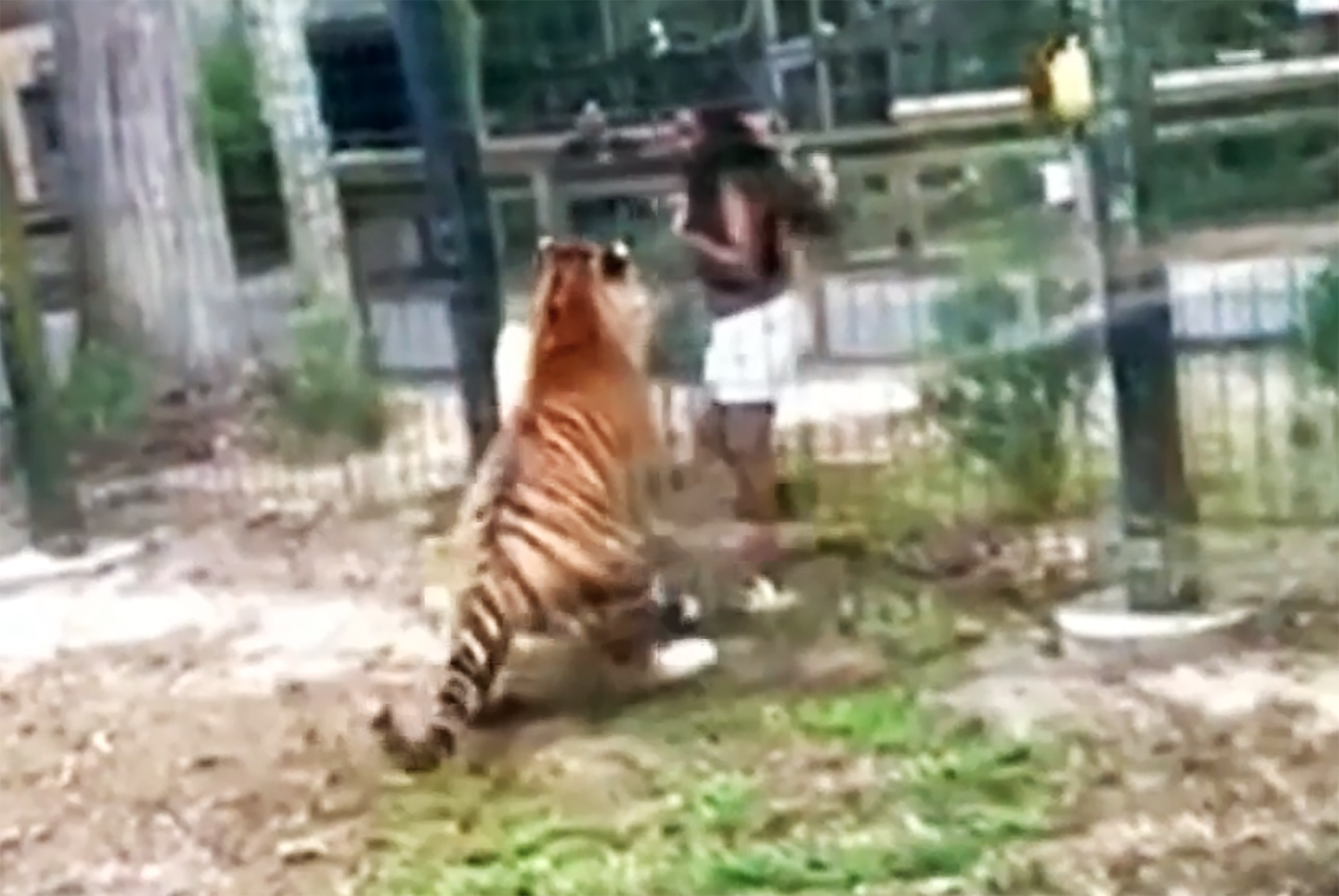


 Bengali (BD) ·
Bengali (BD) ·  English (US) ·
English (US) ·